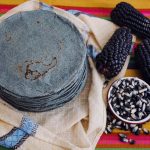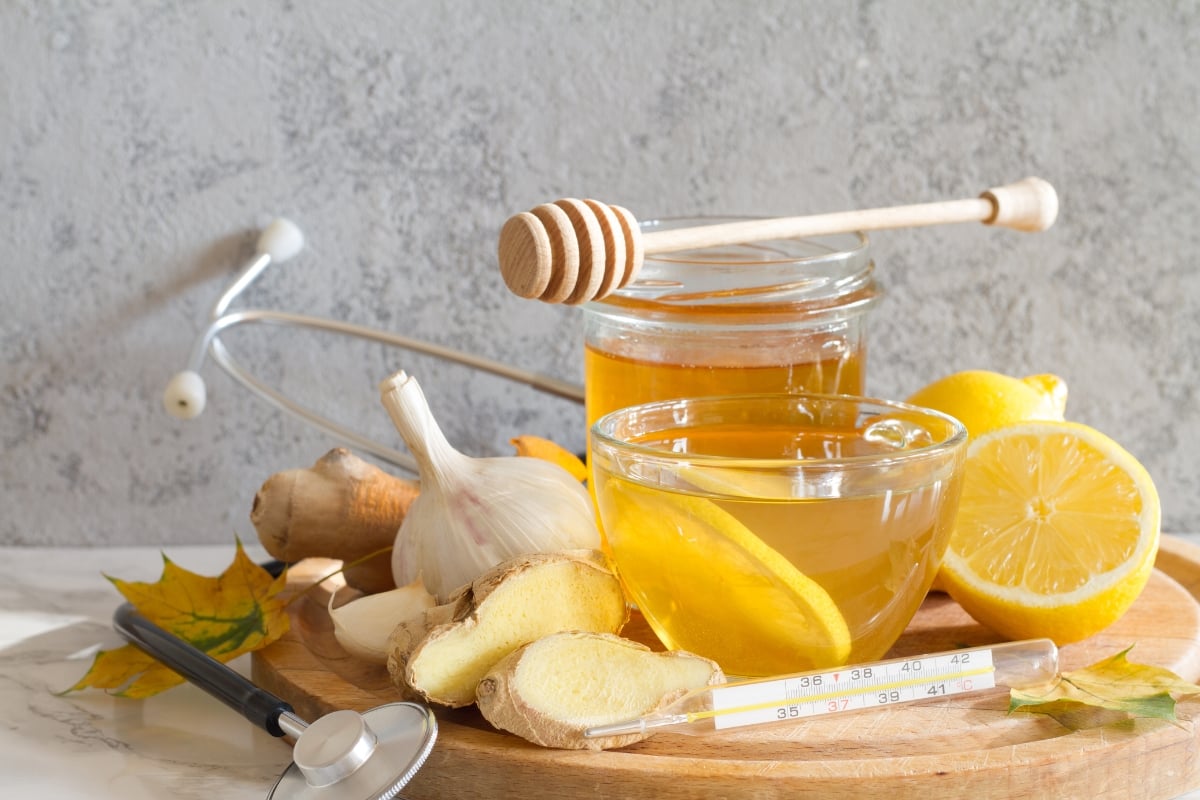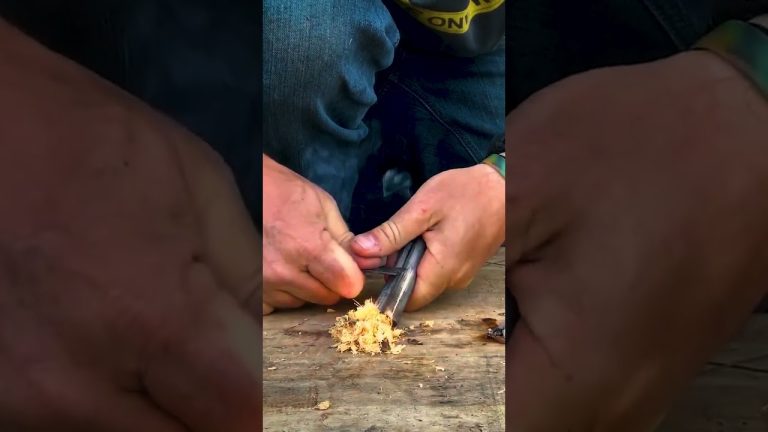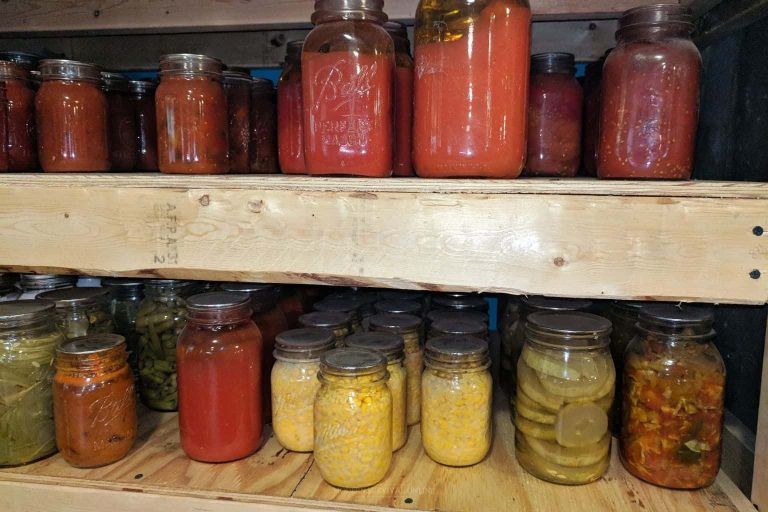Ever wondered how families survived the Great Depression without modern medicine or healthcare? During this tumultuous time, people discovered resourceful ways to stay healthy and resilient. This article explores the home remedies, dietary changes, and community support that helped families navigate these difficult times. By understanding these strategies, you can gain valuable insights for building your own family’s preparedness and resilience.
Some of the links in this post may contain affiliate links for your convenience. As an Amazon Associate, I may earn a small commission from qualifying purchases without any increase in price to you.
The Great Depression years were no picnic. My grandmother lived through that era as a child and much of her mindset in later years was due to a childhood spent in near poverty. However, she always had a great attitude toward life and knew a thing or two about home remedies and staying healthy during the Great Depression.
During the Great Depression, most families had to make do, not just with their clothing and belongings, but also with healthcare. Many grew up on farms and small towns and didn’t have modern-day easy access to doctors, clinics, and hospitals. And for those that did, as incomes plummeted, so did the availability of medical care and medicines.
The Unexpected Rise in Life Expectancy
Yes, you read that right.
In spite of some very tough times, less access to doctors, and poverty, U.S. life expectancy increased by 6.2 years. It rose from 57.1 in 1929 to 63.3 years in 1932, for both men and women and whites and non-whites.
Interesting, right?
The researchers concluded that when people have less money to spend, they sleep more and there is less money for things like alcohol and tobacco. Employers typically don’t have as much work for their employees, so they work at a slower pace.
So in spite of massive unemployment and widespread poverty, they stayed healthy.
How?
In general, many people relied on home remedies, some still used today.
Here’s what I learned about how people stayed healthy during the years of the Great Depression. See if any of these sound familiar to you.
Home Remedies & Traditional Medicine
I bet you thought I was going to talk about chicken soup. Well, I am, but first, let’s talk about some other things that contributed to staying healthy during the Great Depression.
Processed foods weren’t available
First, think about the standard diet of today compared to that of the 1930s and ’40s. Today, our grocery stores are filled with processed foods containing many ingredients unknown to people back then!
With the exception of Velveeta, which became popular in the ’30s, meals back then are now the trendy “whole foods diet” many of us eat today—vegetables, meat, poultry, fruit, whole grains, and healthy fats.
You can read my list of dozens of Great Depression meals here and you’ll see what I mean. You won’t find Twinkies, sugary fruit juice, or frozen dinners anywhere on the list.
Canning was popular
Second, since most households grew at least some of their own food, canning was popular.
Today we can food because we want to avoid the additives found in commercially processed foods. Well, back then, that was just how they ate and women, in particular, took great pride in their pantries stocked with home-canned foods.
If you’ve never considered home canning or need a refresher, start with this easy tutorial.
Moving was more necessary
Finally, something else you won’t find in the homes of the Great Depression was any type of labor-saving appliance or device.
Housewives got a real workout simply by keeping house and cooking everything from scratch. It’s interesting that memberships to gyms and fitness centers weren’t a thing, and yet people back then managed to stay trim.
Skills that have become trendy in recent years, such as soap making and sewing, were far more common back then with one generation teaching the next, and each of those skills requires active participation and energy. You can’t make soap sitting on the couch!
Remedies for common ailments
Chicken noodle soup
If you think your grandma’s homemade chicken noodle soup was a cure-all, well, you could be right.
Chicken noodle soup is a well-known remedy for colds and has been proven scientifically effective. This was just one of the healthy home remedies used in Great Depression households.
Mustard plaster
One remedy I happen to have personal experience with is the mustard plaster, something popular back then for chest congestion and sore muscles.
Years ago my husband decided that a mustard plaster might cure his sinus problems and congestion. Turns out, he is horribly allergic to mustard powder and he spent almost a week in misery due to the after-effects.
However, if you aren’t allergic, this remedy can be helpful for sore muscles and pain because it warms the skin much like capsaicin. At one time in the United States, mustard plasters were popular for also treating colds, runny noses, rheumatism, and various respiratory ailments.
During the Great Depression, a plaster would be made from combining dry mustard powder, a little flour, water, and either mineral oil, olive oil, or egg white to form a paste. Spread this over a thin piece of cloth and then place the cloth on the skin. If you’re curious about how to do this, read these instructions.
A simmering pot of water
Do you remember your grandma or mom telling you to put your head over a simmering pot of water in order to breathe in the steam?
That was another remedy Great Depression parents knew about. In many parts of the country, doctors were hard to come by, so families had to make do with remedies like this one, and it actually is very effective.
In many Great Depression homes they would not have had modern-day showers to create a steam bath, but instead would have leaned over a pot of steaming water and then created their own steam bath by draping a towel over their heads.
It works!
Medicinal herbs
Medicinal herbs weren’t a mystery to thousands of Great Depression households. In fact, children were taught from a young age to forage for both medicinal and edible plants.
Licorice root is a good example. Since ancient times people have known licorice to have healing properties. Now we know that it may be effective against tooth decay and periodontal diseases. Some old folks made their own licorice root tea for indigestion and as a laxative. The important thing was to first know about the edible plant and then be able to identify, harvest, and use it.
Various mint plants and eucalyptus were sometimes added to those steaming pots of water I mentioned earlier and not just for an individual to breathe. Great Depression moms knew the whole family could benefit by breathing in that vapor and the easiest way to spread it around was by placing a big pot of water either on the stovetop or on top of the cast-iron stove.
Nowadays, you can grow medicinal herbs indoor with the help of a grow light or natural sunlight, if placed by a window. Of course, they’re also easy to add to any outdoor garden, and this article gives suggestions for how to choose and grow medicinal herbs. Making liniments is a simple process.
More home remedies
In my research, I found many more simple home remedies from the Great Depression years.
- Homemade salves using medicinal plant leaves
- Molasses mixed with a little melted butter for a sore throat
- Warm oil put on an aching ear
- Castor oil for an upset stomach
- Baking soda and water paste for bee stings
- Baking soda and water for indigestion
- Warm honey tea with lemon for a cough
- Ginger tea for stomach aches, headaches, arthritis pain, and even cold feet
- Saltwater gargle for sore throats
- Prunes and other dried fruit for constipation
- Witch hazel for hemorrhoids
- Salt and water or alcohol for an insect bite poultice
- Honey and whiskey for congestion
- Calamine location for skin rashes and to treat poison oak and poison ivy
- Oatmeal poultices and baths for skin irritations
The life and times of the Great Depression years are a world away from our modern lifestyle. It wasn’t unusual for neighbors to band together to fix meals for a family whose husband and father had just lost a job.
Along with sharing meals, they also shared knowledge, including home remedies, and this helped the entire community stay healthy. A lot of wisdom was shared during those years.
As well, when a neighbor was sick, word spread like wildfire and everyone knew to stay clear of anything that might be contagious.
So maybe it was more than just knowing remedies and being able to identify herbs and other medicinal plants. Maybe a big part of staying healthy during the Great Depression was all about neighbors taking care of neighbors — something that should play a bigger role in our communities today.
And, if you’re as fascinated by the Great Depression years as I am, this book, “We Had Everything but Money” is a must-read. (Check out the “used book” prices for some real bargains.)
FAQ
Home remedies provided a valuable alternative to traditional medical care, which was often inaccessible or expensive. These remedies often relied on natural ingredients like herbs, plants, and spices, which were more readily available than prescription medications.
Yes, there were risks associated with using home remedies. Some remedies might have been ineffective or even harmful, especially if not used correctly. It’s important to consult with a healthcare professional before trying any new remedy.
es, many home remedies from the Great Depression are still used today. Some examples include chicken noodle soup, ginger tea, and mustard plasters. However, it’s important to consult with a healthcare professional before trying any new remedy.
Related Great Depression Content
QUIZ: How Many of These Foods Have you Eaten?
Ever eaten chipped beef on toast? Or maybe you’re more of an eggs n’ grits kind of person–we get that. But how many authentic Great Depression meals have you really had?
Take our quiz to see how many of these crazy (but oh, so frugal) dishes you’ve tried.
Final Thoughts
The Great Depression offers valuable lessons for building resilience and promoting health. By understanding the home remedies, dietary changes, and community support that helped families survive this challenging period, we can gain insights for our own lives and build a stronger, healthier future for ourselves and our loved ones.
This article was originally published on October 17, 2018, and has been updated and revised.

















